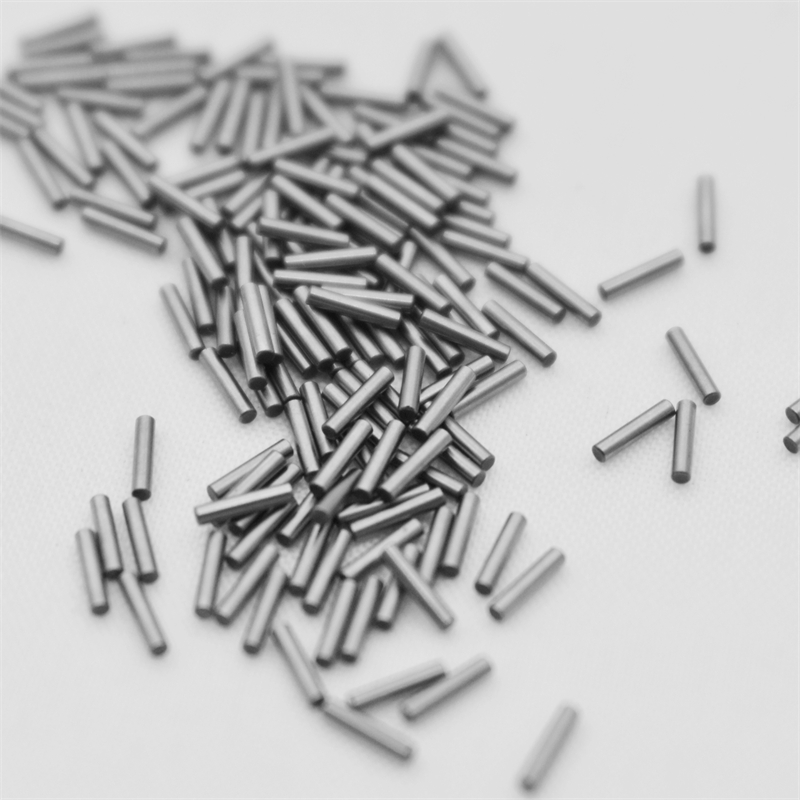Under a certain load, the number of revolutions or hours experienced by the bearing before pitting is called the bearing life.
The life of a rolling bearing is defined in revolutions (or hours of work at a certain speed) : the bearing within this life shall suffer initial fatigue damage (peeling or defect) on any bearing ring or rolling body. However, no matter in laboratory tests or in actual use, it can be clearly seen that the actual life of the same bearing with the same appearance under the same working conditions is very different. In addition, there are several different definitions of bearing "life", one of which is the so-called "working life", which means that the actual life of a bearing can be achieved before the damage is caused by wear and tear. The damage is usually not caused by fatigue, but by wear, corrosion, sealing damage and other reasons.
In order to determine the standard of bearing life, the bearing life is linked to reliability.
Due to the difference in manufacturing accuracy and material uniformity, even if it is the same material and the same size, the same batch of bearings are used under the same working conditions, and their life length is not the same. If statistical life is taken as 1 unit, the longest relative life is 4 units, the shortest is 0.1-0.2 units, and the ratio of the longest to the shortest life is 20-40 times. 90% of bearings do not produce pitting corrosion, and the number of revolutions or hours experienced is called the rated life of bearings.


Post time: Jul-05-2021
